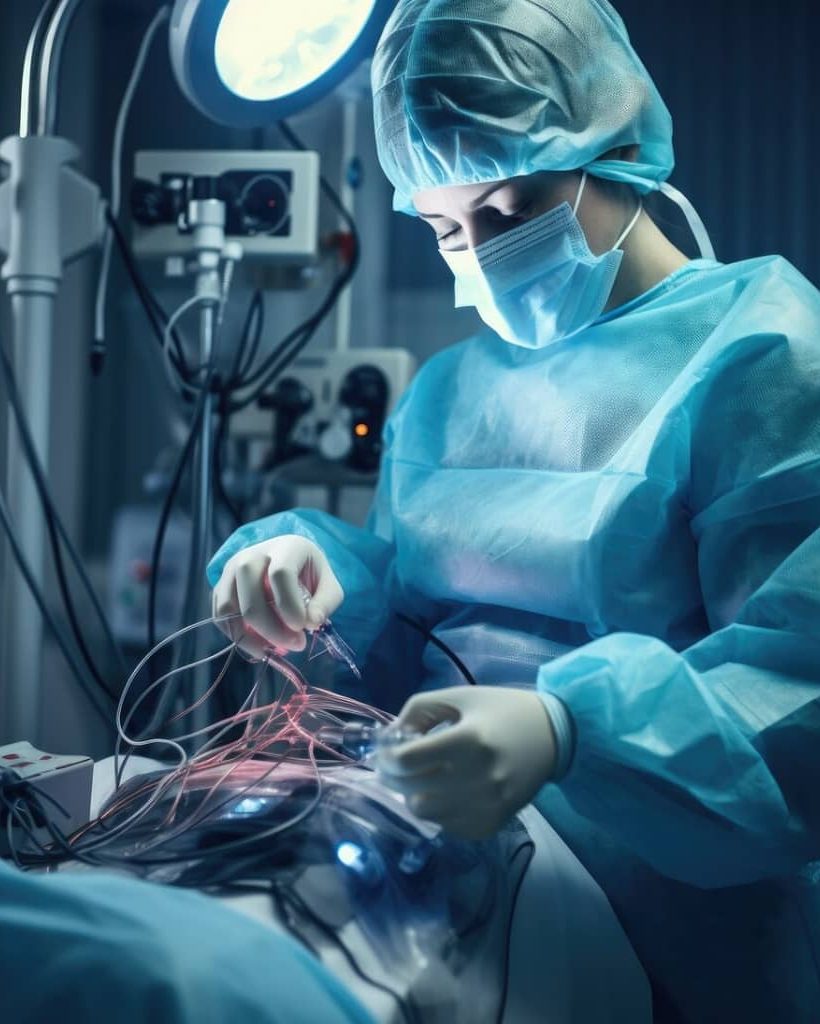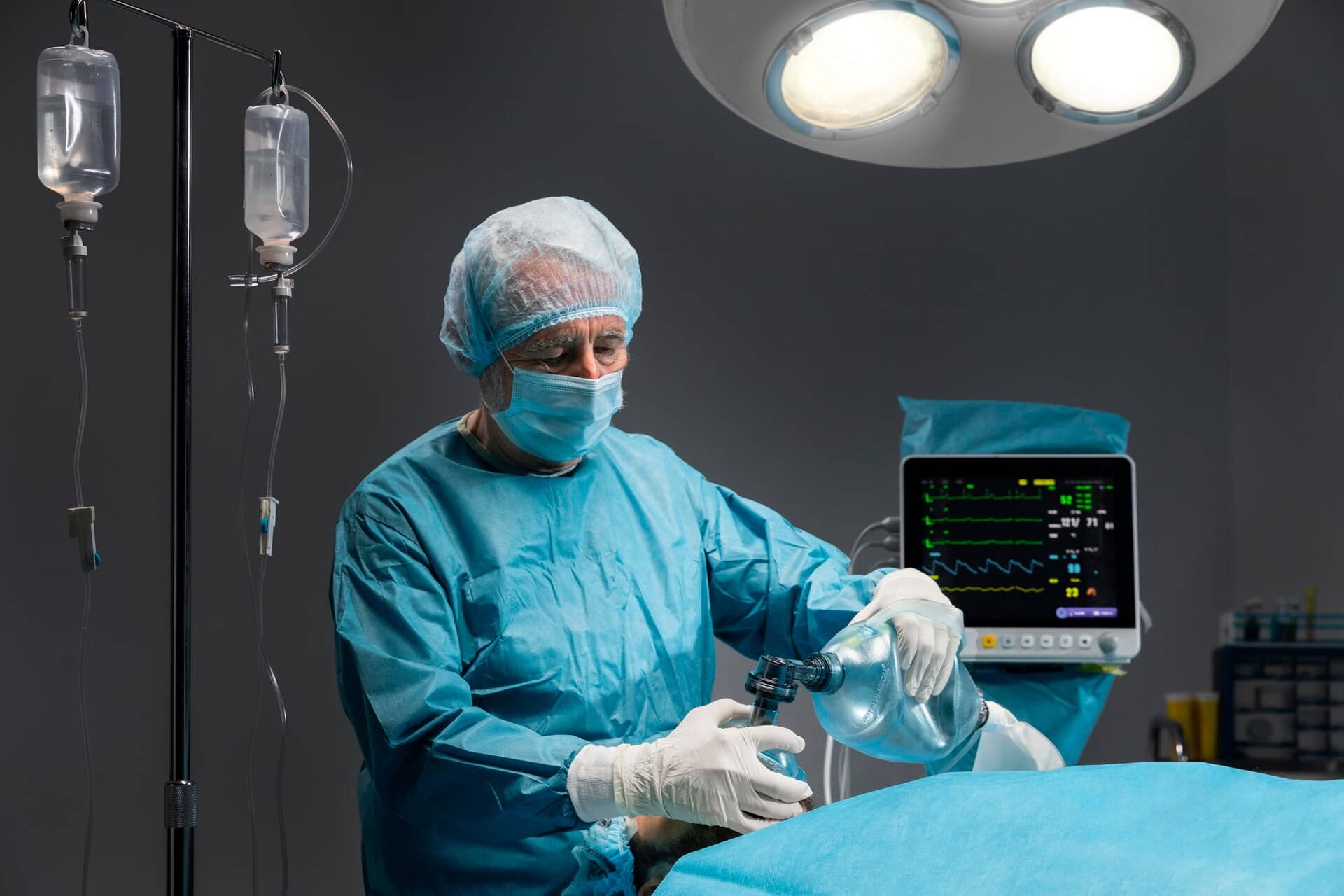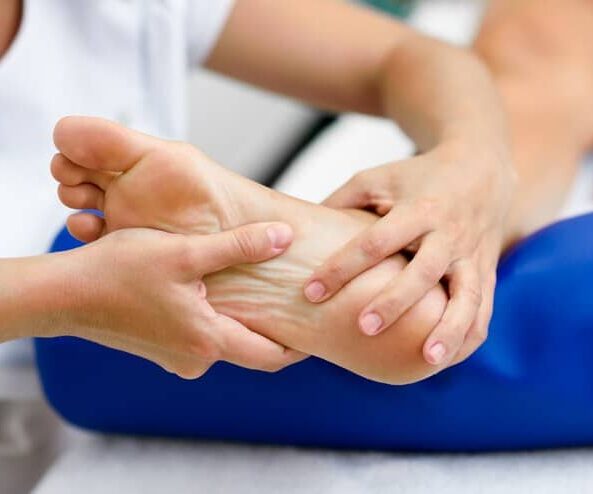


Treatment for bunion deformity aims to alleviate pain, improve foot function, and prevent further progression of the deformity. Conservative measures such as wearing wide-toed shoes, using padding or orthotic inserts, and applying ice packs can help relieve symptoms and reduce inflammation. However, in cases where conservative methods fail to provide adequate relief, surgical intervention may be recommended.

Minimally invasive surgery for bunion correction has gained popularity in recent years due to its numerous benefits compared to traditional open surgery. MIS techniques involve smaller incisions, reduced soft tissue trauma, faster recovery times, and lower risks of complications. During MIS procedures, specialized instruments are used to realign the bones of the big toe joint, correcting the deformity and restoring normal alignment.

MIS make it an attractive option for patients seeking bunion correction with minimal disruption to their daily lives. Additionally, MIS techniques result in cosmetically pleasing outcomes, with smaller scars and less visible incisions compared to traditional surgery. Patients can expect to experience less postoperative pain and swelling, allowing for quicker return to regular activities and reduced downtime.

©2025 South Florida Multispecialty Medical Group. All Rights Reserved.